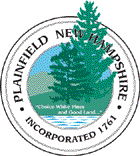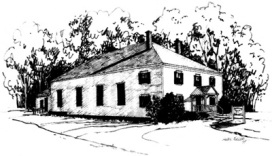
Conservation Commission
Landowner Assistance


|
Conservation Commission
|
 |
Town ResourcesConservation Commission |
What is an Invasive Species?Invasive species have been characterized as a “catastrophic wildfire in slow motion.” Thousands of non-native invasive plants, insects, fish, mollusks, crustaceans, pathogens, mammals, birds, reptiles, and amphibians have infested hundreds of millions of acres of land and water across the Nation, causing massive disruptions in ecosystem function, reducing biodiversity, and degrading ecosystem health in our Nation’s forests, prairies, mountains, wetlands, rivers, and oceans. Invasive organisms affect the health of not only the Nation’s forests and rangelands but also of wildlife, livestock, fish, and humans. A species is considered invasive if it meets these two criteria:
This definition is derived from Executive Order 13112 (PDF) \1, issued on February 3, 1999.
Land trusts operate in regions. If you are looking for a land trust to assist you in conserving your property, look for the land trust that operates in your region. This does not mean that you must use that land trust, but it may be easier on you and them. All land trusts, once the property is conserved, will tour (on foot) your property annually to insure that the tenets set down in the conservation easement language are being honored. That tour is most often done by a volunteer for the land trust and travel and time are not reimbursed. Here are some of the land trusts (and their regions) in the Upper Valley area:
|
|||||||||||||||||||